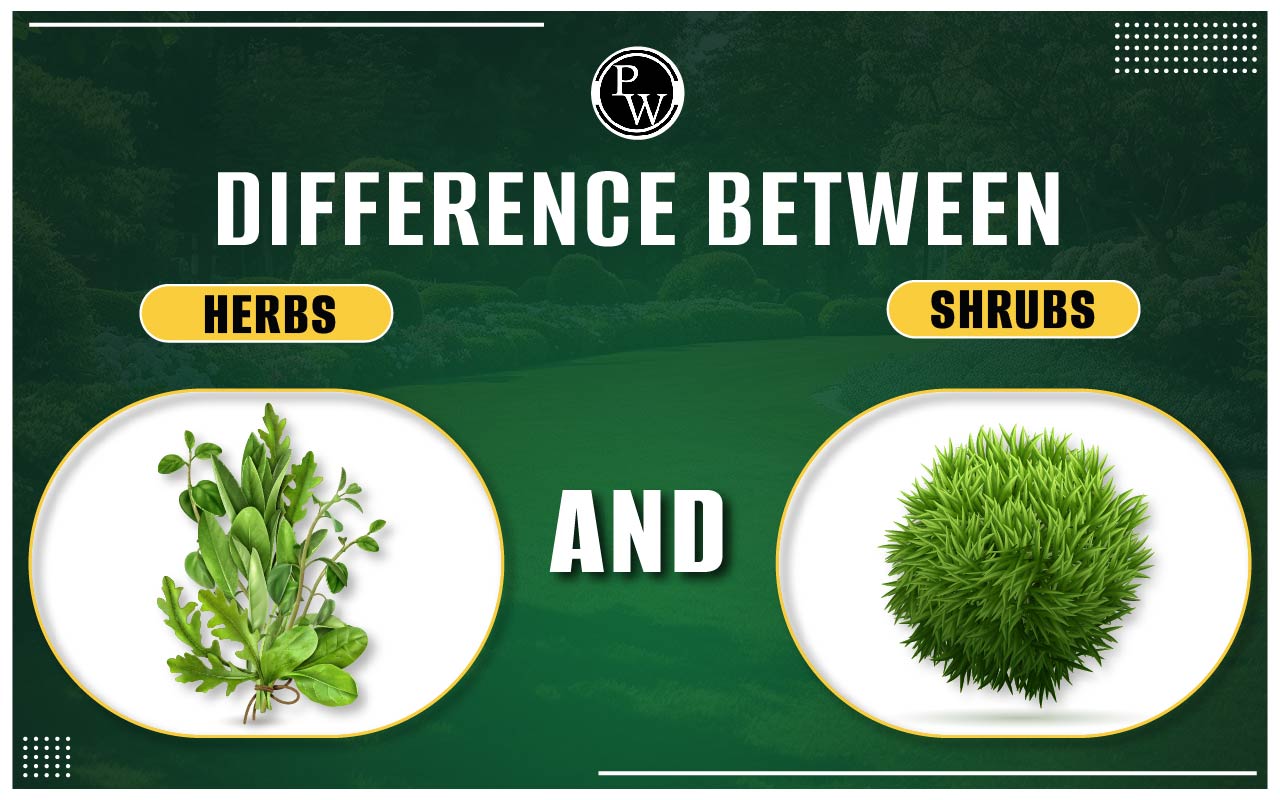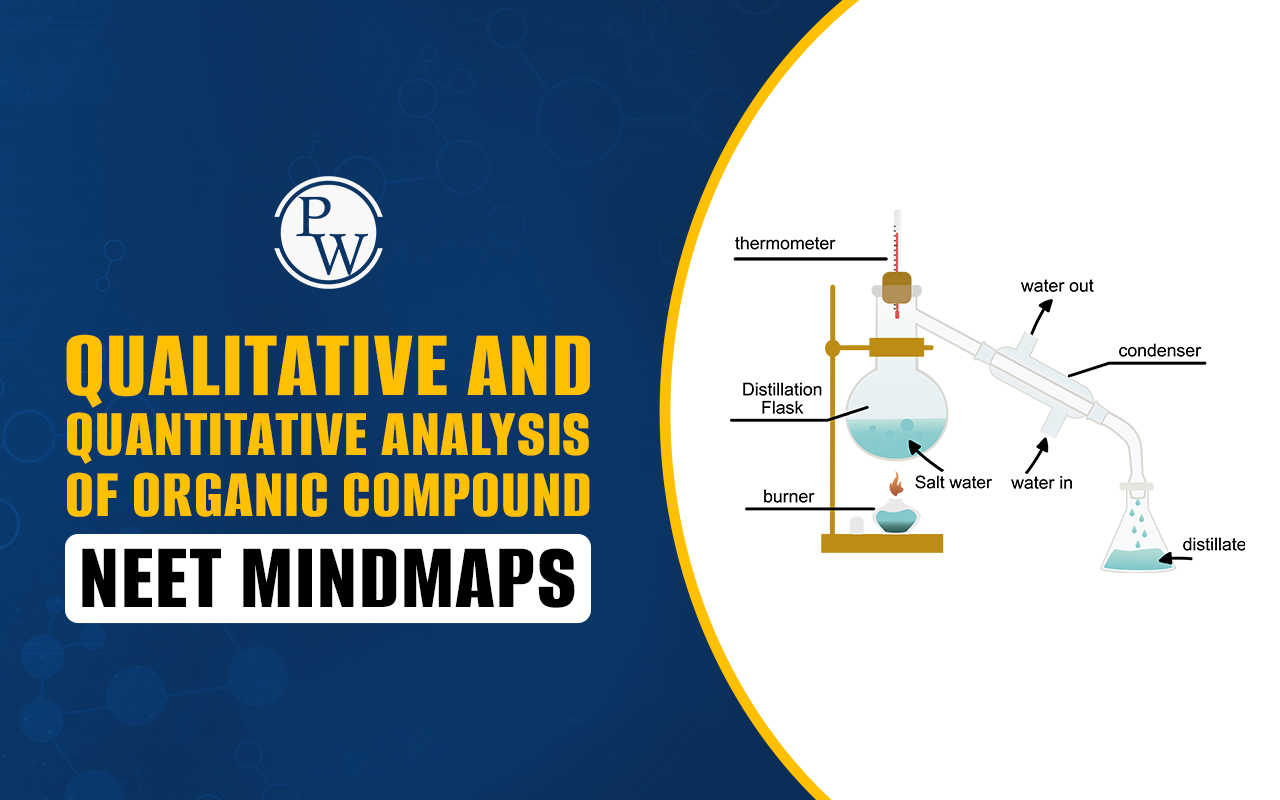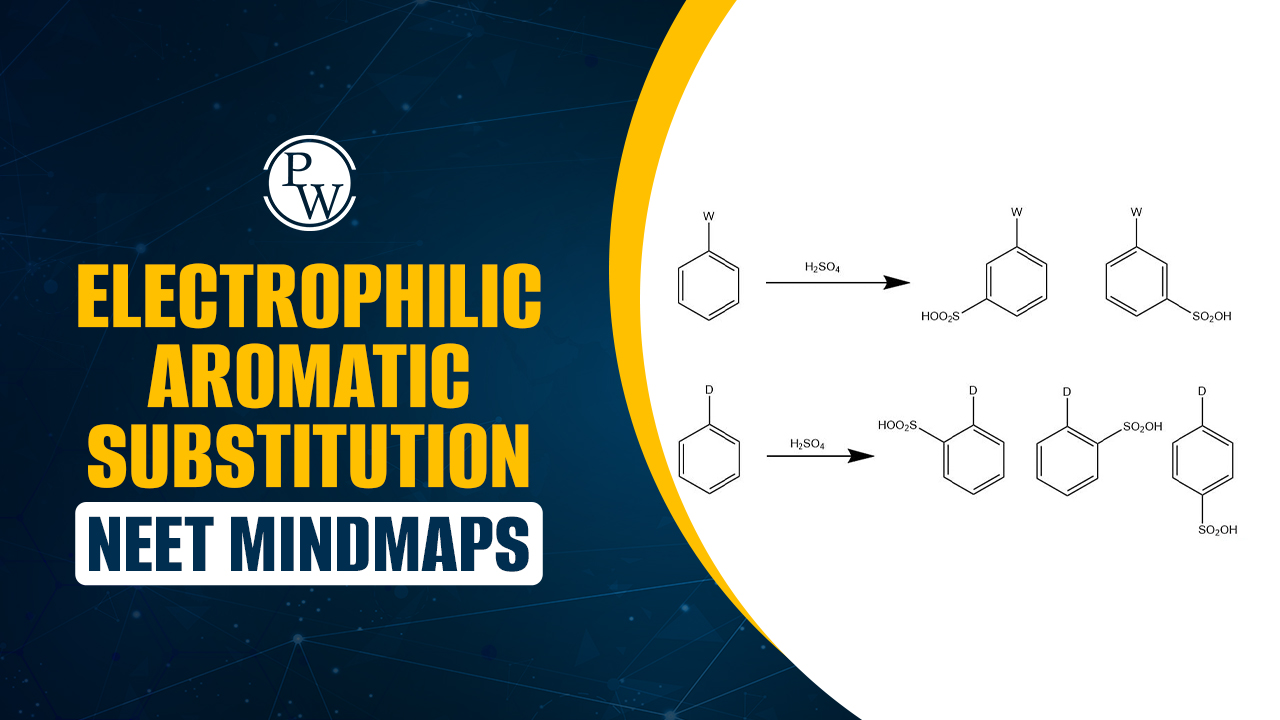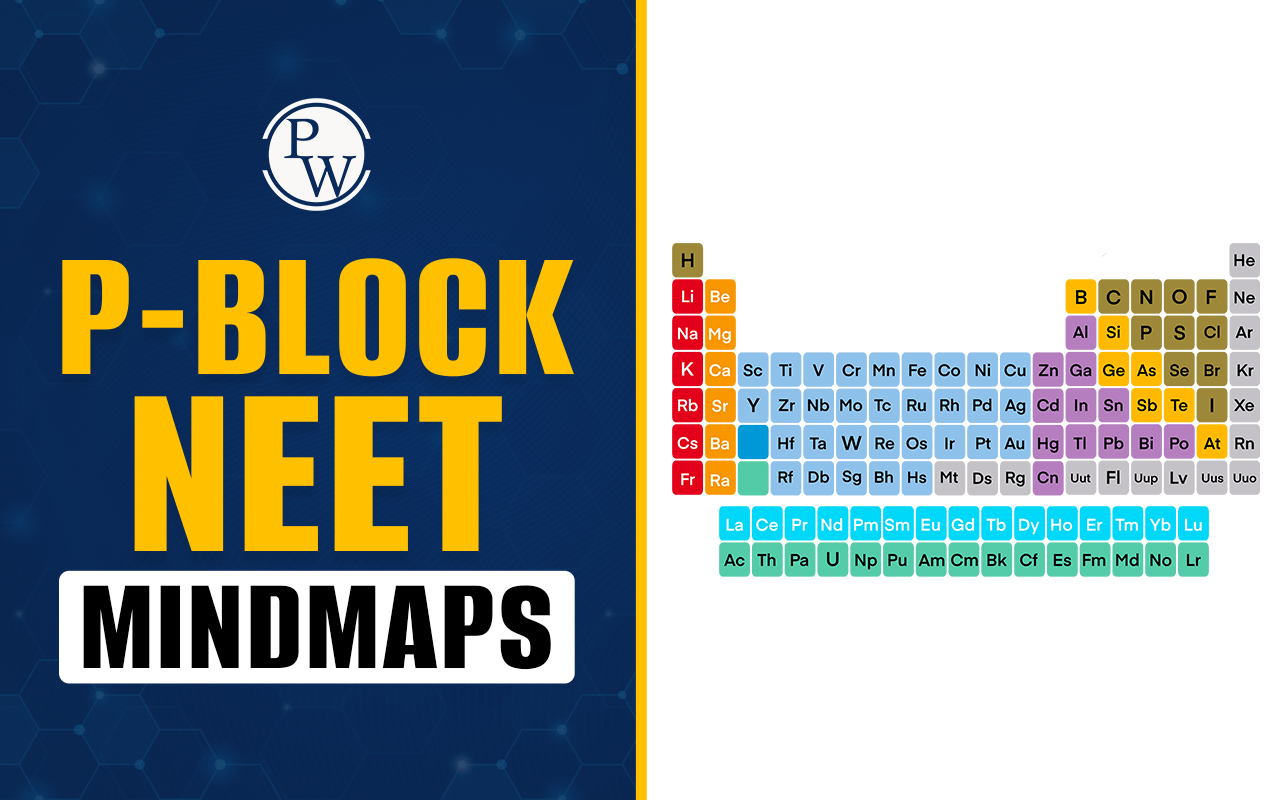

Difference Between Herbs and Shrubs: Herbs and shrubs represent two distinct categories of plants, primarily differentiated by their size and branching characteristics. Herbs have non-lignified, unbranched, and soft stems, whereas shrubs have multi-stems, woody structures, and branching patterns. Herbs and shrubs both contain a diverse range of species, with herbs divided into four groups and shrubs into three.
| NEET Biology Syllabus | NEET Biology Diagrams |
| NEET Biology MCQ | NEET Biology Chapter wise Weightage |
| NEET Biology Notes | NEET Previous Year Question papers |
The difference between herbs and shrubs can be seen microscopically in the stratum layers. Soil moisture, organic matter content, pH levels, soil moisture content, and potassium levels all contribute to ecological distinctions. These factors all contribute to the conclusion that herbs generally have lower quantities than shrubs. Let us look at some more fundamental difference between herbs and shrubs to get a better understanding of the differences.
Difference Between Herbs and Shrubs Overview
Herbs are shorter in stature than shrubs, but trees tower over them all. Herbs typically have a single stem, shrubs have multiple stems, and trees have a single trunk stem. Herbs have delicate tissues, while shrubs have robust yet pliable tissues, and trees have thick, rigid, and robust tissues. Herbs, unlike shrubs and trees, lack branches. Shrubs have branches that grow from the base, whereas trees have branches that grow above ground level.
Herbs are used to flavor food and for medicinal purposes, shrubs are commonly used in gardening, and trees are primarily used for wood production. Perennials are trees and shrubs, whereas annuals, perennials, and biennials are herbs
Difference Between Herbs and Shrubs
Herbs and shrubs are two distinct plant types distinguished by their size and branching characteristics. Herbs have soft, minimally branched stems, whereas shrubs have woody, heavily branched stems. Furthermore, shrubs are generally taller than herbs. Let us look at some examples of each to learn more about the difference between herbs and shrubs.
| Difference Between Herbs and Shrubs | ||
| Category | Herbs | Shrubs |
| Definition | Herbs are annual, non-woody plants that produce seeds, also known as rootstock. | Shrubs are woody plants with multiple main stems arising near the ground, also referred to as woody plants. |
| Stem | Herbs feature non-woody, soft stems. | Shrubs have thick but not overly hard woody stems. |
| Uproot | Herbs can be easily uprooted. | Shrubs cannot be easily uprooted. |
| Importance | Herbs are specifically used for flavoring food and medicinal purposes. | Shrubs hold medicinal value and find applications in gardening. |
| Life Cycle | Herbs can have an annual, biennial, or perennial life cycle. | Shrubs primarily have a perennial life cycle. |
| Tissues | Herbs possess delicate and thin tissues. | Shrubs have strong and woody tissues. |
| Branches | Herbs lack branches and consist of a single stem. | Shrubs have branches at their base and consist of multiple branches. |
| Branching | Herbs lack branches on their stems. | Shrubs have branches that emerge from their bases. |
| Height | Herbs are short in stature. | Shrubs are relatively taller compared to herbs. |
| Examples | Wheat, Rice, Onion, Grass. | Rose, Orange, Peach, Lavender. |
Herbs
Herbs, also known as herbaceous plants, are distinguished by their small size and the development of slender, soft stems above the ground. Herbs are typically less than 3 meters tall, with unbranched, soft, and thin stems. Their life cycle is primarily annual, biennial, or perennial.
Herbs are distinguished by their small stature, minimal to no branching on their stems, narrow leaves, and a relatively short life cycle lasting one or two seasons. Herbs, in particular, can be easily uprooted from the ground and have a short lifespan. Herbs are classified into four major types based on their applications: medicinal herbs, culinary herbs, aromatic herbs, and ornamental herbs.
These adaptable plants serve a variety of functions. They provide food for various living organisms, play an important role in culinary applications by enhancing flavors, and are essential in the preparation of herbal teas and drugs. Herbs are used for treating injuries, repelling insects, worms, and snake bites, and acting as antimicrobial agents. They also contribute to perfume production, cosmetic preparation, and ointment formulation.
Wheat, tomato, radish, carrot, onion, rice, cabbage, sunflower, mustard, ginger, turnip, clove, banana, grass, rosemary, basil, parsley, mint leaves, and many more are common herbs.
Shrubs
Shrubs, commonly known as bushes, are moderate-sized plants that develop thick, woody stems above ground level. They are often categorized as either evergreen or deciduous, with heights ranging from 2 to 10 meters. Characterized by stems that form multiple branches, these branches are woody and substantial, contributing to the shrub's perennial life cycle.
Shrubs are small to medium-sized, have multiple sets of branches, broad leaves, and a long lifespan. They are not easily uprooted from the ground and are used in commercial and agricultural settings. Structurally, shrubs are classified based on their forms and heights. Closed shrubs have a dense canopy of greenery (70–100% coverage); open shrubs have mid-density foliage (30–70% coverage); tall shrubland has a small number of leaves (10–30% coverage); and tall open shrubland has a foliage cover of less than 10%.
Shrubs are valuable for their many purposes, including preventing soil erosion, water conservation, timber, fuelwood, livestock feed, edible fruits and roots, tourism, ornamental plants, perfume, and moisturizer production. Commonly encountered shrubs include jasmine, pomegranate, oleander, orange, aloe, maple, chokeberry, barberry, bougainvillea, heather, pea tree, fern bush, rockrose, among others.
Physics Wallah provides the NEET online coaching for the NEET Exam aspirants. The NEET online coaching provides students with highly experienced and knowledgeable teachers who specialise in physics, chemistry, and biology. Physics Wallah is one of the top choices for NEET online coaching. Physics Wallah is dedicated to offering comprehensive and effective coaching to help NEET exam aspirants excel in their preparations.
Difference Between Herbs and Shrubs FAQs
Is Tulsi a herb or shrub?
Is a hibiscus a shrub or herb?
Is Ginger a herb or a shrub?
What is the difference between a plant and a shrub?
Is lemon a herb or shrub?












